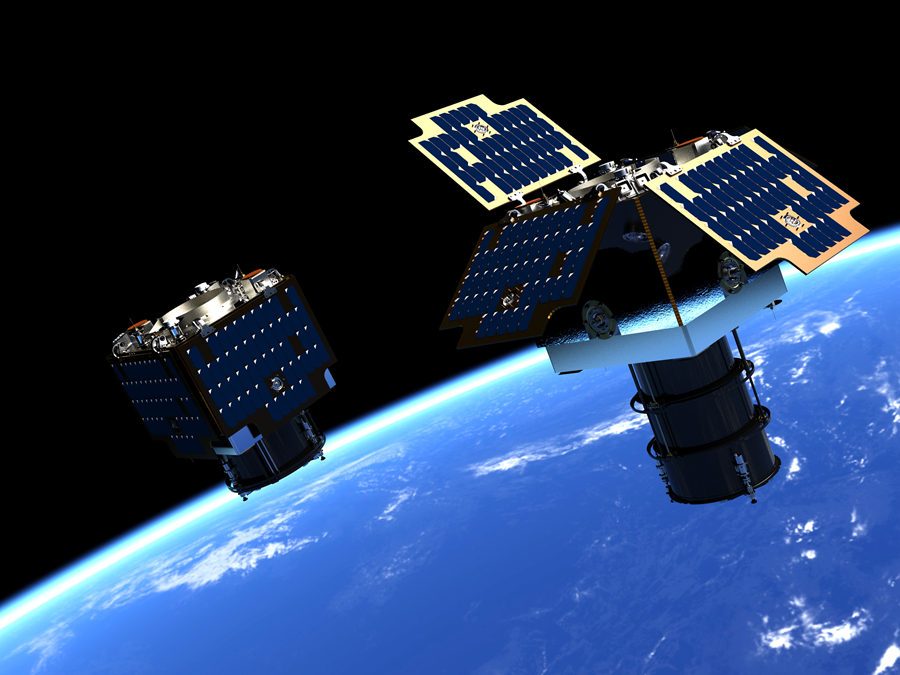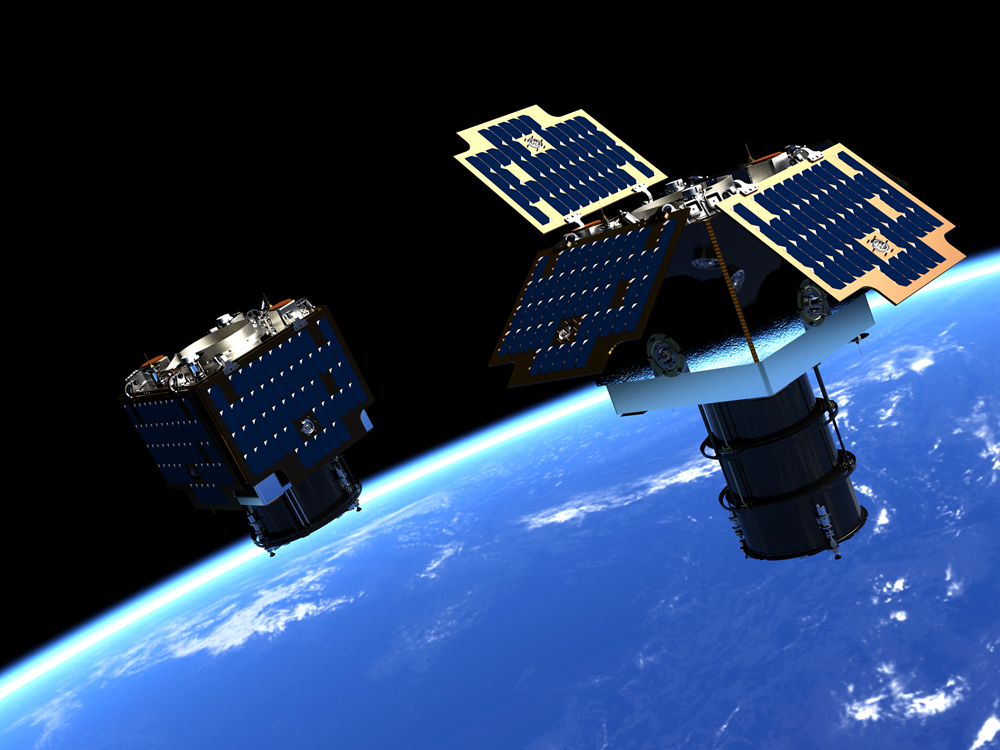
Three leading UK Space organisations, Surrey Satellite Technology Ltd (SSTL), the University of Oxford and the Surrey Space Centre (SSC), have been awarded National Space Technology Programme (NSTP) funding to develop a novel self-aligning deployable space telescope, designed for sub 1 metre ground sample imaging requirements in a small launch volume spacecraft.
With funding from the Centre for Earth Observation Instrumentation (CEOI) SSTL has already been working with the SSC to develop a telescopic deployable structure and has also worked with the Dynamic Optics and Photonics Group at the University of Oxford on an autonomous system to align the telescope on the ground for improved accuracy and efficiency. The NSTP funding will see these projects progress to the build and test of a working demonstrator telescope designed to release from its stowed launch configuration, deploy to its full length, and then autonomously align ready for in-orbit image acquisition.
The multi-billion dollar Earth observation applications market continues to demand improvements in spatial and temporal resolution which requires both bigger apertures and more satellites. The aim of the Deployable Space Telescope project is to develop a telescope that addresses the market needs for better than 1 metre ground sample distance (GSD) imager in a small launch volume, typically achieving a one third reduction in imager length and volume. Due to the physics of optics there is a direct relationship between the physical size of the optical system and the resolution that can be achieved. Utilising a Cassegrain type telescope improves the resolutions achievable for imagery acquired by satellites in Low Earth Orbit but still has size and mass limitations, as the structure requires a large amount of volume between the primary mirror and secondary mirror. With launch costs priced according to both volume and mass, the aim of the Deployable Space Telescope project is reduce the volume of the imager by holding the secondary mirror in a stowed configuration near the primary mirror for launch, and then deploying it once in orbit. Fine alignment will then be required to achieve maximum image quality. By reducing the overall volume of the spacecraft, this system will allow many identical satellites to be launched into a constellation from a single launch vehicle, providing a low-cost solution to rapid-revisit, high resolution imaging requirements. The design is fully scalable and SSTL aims to develop a larger version which will offer a higher ground sample imaging resolution.
SSTL has already demonstrated low cost 1 metre resolution imagery from its CARBONITE-2 satellite, launched in 2018, and the new Deployable Space Telescope solution will provide the opportunity to build on this capability with a smaller and lighter form-factor imager.
SSC has also pioneered and led cost effective space missions including Inflatesail which was launched in 2017, and RemoveDEBRIS which launched in 2018.
ENDS
Notes to editor:
Full size accompanying images for this press release can be downloaded at the bottom of this page
Press Contact:
Joelle Sykes, PR Manager, SSTL
Tel: +44 (0)1483 804243
Mob: 07775 000853
Email: j.sykes@sstl.co.uk
About SSTL
Surrey Satellite Technology Limited (SSTL) is the world's leading small satellite company, delivering operational space missions for a range of applications including Earth observation, science, communications, navigation, in-orbit debris removal and servicing and beyond Earth infrastructure. SSTL designs, manufactures and operates high performance satellites and ground systems for a fraction of the price normally associated with space missions, and employs 380 staff working on turnkey satellite platforms, space-proven satellite avionics, optical instruments and new mission concepts.
Since 1981, SSTL has built and launched more than 60 satellites for 20 international customers, as well as providing training and development programmes, consultancy services, and mission studies for ESA, NASA, international governments and commercial customers. Our innovative approach is changing the economics of space.
Headquartered in Guildford, UK, SSTL is part of Airbus.
www.sstl.co.uk
About SSC
The Surrey Space Centre - SSC (www.surrey.ac.uk/SSC), based in the Faculty of Engineering and Physical Sciences at the University of Surrey, Guildford, UK is a world leading Centre of Excellence in cost effective space engineering. SSC’s mission is to generate leading research, bringing innovation to the Space Industry and developing the next generation of satellite technologies. SSC has particular expertise on small spacecraft system design and manufacture including CubeSats.
Over the last two decades SSC has established significant reputation for the development of innovative systems and demonstrated a number of firsts in the area of small satellite use. SSC has demonstrated the first GPS receiver to work on a microsatellite in space; it demonstrated the fastest position fix in space and developed and flown the world's smallest attitude determination and control system.
About University of Oxford
The University of Oxford is the oldest university in the English-speaking world, with teaching in some from 1096. It was ranked first in the world in the Times Higher Education (THE) World University Rankings 2016-19. The university has a wholly owned subsidiary, Oxford University Innovation Ltd., which is responsible for technology transfer and consulting on behalf of the University. The University has a long history of spin-out contributing to the economy and providing jobs. In 2018 alone 21 companies were spin-out and since 2010 c.£2.1bn has been raised by the companies in investment.
The Department of Engineering Science is a unified engineering department with a substantial research portfolio, much of which is supported by industry. Indeed, in the 2014 REF exercise, the Department received the highest ranking in the UK for the impact of its research.
The Dynamic Optics and Photonics group, led by Professor Martin Booth, currently works on adaptive optics for correction of specimen-induced aberrations in microscopy and laser-based three-dimensional micro/nano-fabrication of photonic devices.
Download PDFImages

Download Hi-Res